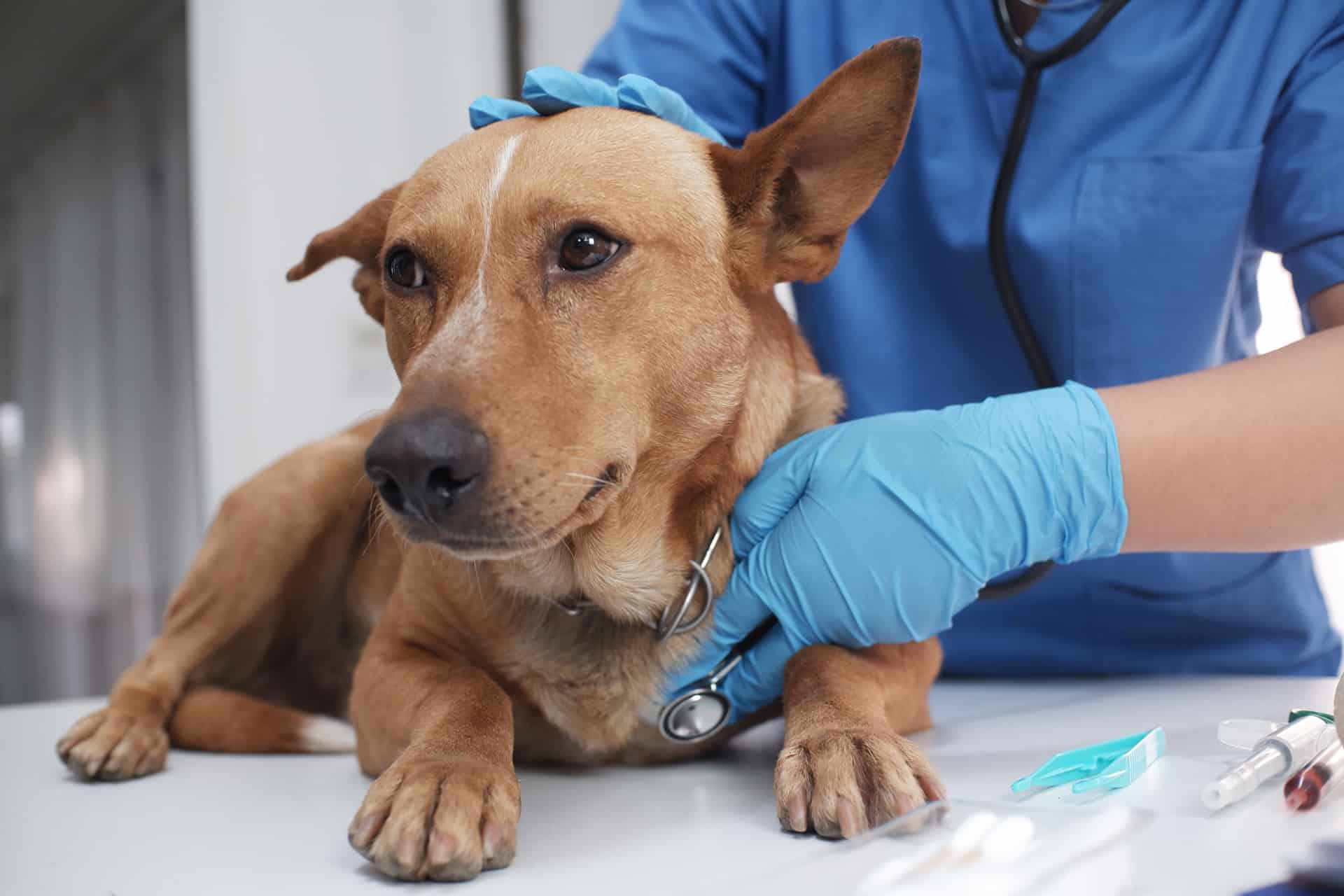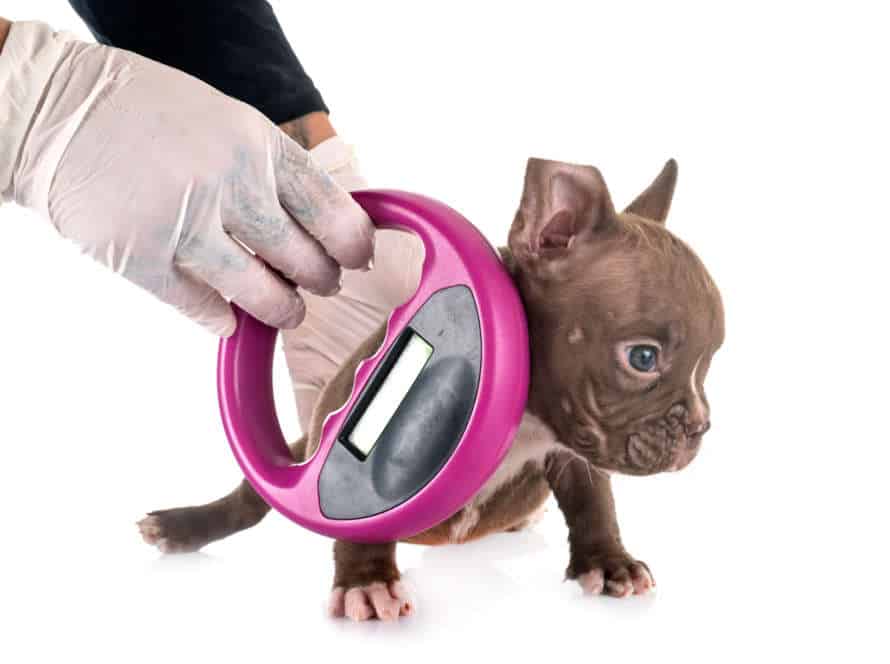Spaying and Neutering: What is it and Why is it Important
Spaying and neutering is critical. It reduces homeless and unwanted animals in our communities. It also helps cut back pet homelessness and overpopulation. Plus, it provides benefits to pet owners and animals. In this article, we’ll look at what spaying and neutering is, why it matters, and how you can help.
Explanation of what spaying and neutering is
Spaying and neutering are surgical procedures done on male and female animals. The reproductive organs are taken out so they can’t have babies. This is mostly done on cats and dogs. It’s key in controlling pet overpopulation.
Spaying takes away the ovaries and uterus of a female, so she can’t get pregnant. Neutering takes away the testicles of a male, so he can’t impregnate female animals.
These procedures are important as they stop unwanted litters of puppies and kittens. They can also lessen the risk of certain health problems, like reproductive cancers. Experts recommend doing it early, before they reach sexual maturity. Spaying and neutering are safe and necessary. All pet owners should do it to be responsible and protect their pets from unplanned litters.
Benefits of spaying and neutering pets
Spaying and neutering pets have many advantages. Let’s examine them:
- Preventing diseases, like cancer and infections.
- Stopping overpopulation in your area.
- Lowering aggressive or destructive behaviors.
- Increasing the lifespan of your pet.
In conclusion, spaying and neutering can benefit your pet and community. Talk to your vet to decide when the procedure is good for your furry friend.
Risks of not spaying or neutering your pet
Not spaying or neutering your pet can result in several health and behavioural risks. Females may be at a higher risk of developing breast tumors and uterine infections. Males may develop testicular and prostate cancer.
Behavioural issues, such as aggression, marking territory, and a desire to roam, can also arise.
By not spaying or neutering your pet, you are contributing to animal overpopulation. This can lead to animals being euthanized, shelters being overcrowded, and a strain on local resources. Spaying and neutering can prevent these risks and help control animal overpopulation. It also promotes healthier and happier pets.
Overpopulation Issues Caused by Failure to Spay and Neuter
Animal overpopulation is a huge issue. It’s mainly caused by not spaying and neutering pets. Millions of cats, dogs, rabbits, birds and more, have no homes or care. This is horrible and it can be stopped. Let’s look at how spaying and neutering helps solve the problem of overpopulation.
Stats on pet overpopulation and euthanasia rates
Pet overpopulation is an important matter which leads to many animal shelters having high euthanasia rates. Here are some shocking figures that show how real the issue is:
- 6.5 million pets enter animal shelters every year, but only 3.2 million get adopted.
- In six years, one female dog and her offspring can produce 67,000 puppies.
- A female cat and her young can make 370,000 kittens in seven years.
One of the best solutions for overpopulation is spaying and neutering pets. This not only helps control the population, but it also gives your pet health benefits, like a lesser chance of getting certain cancers and behaving badly. Pet owners should take responsibility and spay/neuter their animals to help reduce the number of euthanasia cases and ease the pressure on animal shelters.
Explanation of how overpopulation occurs
When births outnumber deaths, overpopulation happens. This is especially true for pets. It is caused by not spaying and neutering animals. When pet owners forget to do this, it leads to more homeless and neglected animals.
Spaying is for female animals, neutering is for males. If done early, it stops breeding and overpopulation. It also reduces health risks and improves behavior. Shelters and clinics offer spay and neuter services at a low cost. It helps both pets and pet owners.
The impact of overpopulation on animal welfare and communities
Overpopulation of pets is a major issue. It causes animal welfare problems and impacts communities. This leads to more neglected animals, higher euthanasia rates, and pressure on animal shelters.
Spaying and neutering pets can help address these issues. Here are a few benefits:
- Prevents unwanted pregnancies, cutting down the need for homes.
- Reduces particular health issues such as cancer and infections.
- Lessens roaming and aggressive behaviour, reducing the risk of accidents.
In order to help, encourage spaying and neutering in your community. Also, promote education and low-cost clinics. This helps reduce the negative effects of overpopulation and promote animal welfare.
Spaying and Neutering in Practice
For years, spaying and neutering pets has been the answer for population control. It is proven to reduce pet overpopulation and keep pets healthier. Plus, it can even help with behavioral problems! In this article, we will look into the practical benefits of spaying and neutering.
Discussing common misconceptions about spaying and neutering
People have made up many misunderstandings about spaying and neutering pets, leading owners to be uneasy about the procedure. But, it’s essential to distinguish truth from fiction regarding these activities and the advantages they bring.
Misconception 1: Neutering or spaying my pet will change their personality. Fact: Although neutering or spaying may lead to a pet being more tranquil and less hostile, it won’t alter their normal character.
Misconception 2: My pet is too young to be neutered or spayed. Fact: There is no definitive age when it comes to neutering or spaying a pet, but the operation can be done safely as soon as two months old.
Misconception 3: Neutering or spaying my pet is too costly. Fact: Various animal shelters and clinics provide low-cost spaying and neutering services, and the long-term financial savings on likely health issues make it a sensible investment.
By debunking these typical misconceptions, pet owners can make educated decisions about neutering and spaying their pets to help address the overpopulation issue in the pet community.
Walkthrough of the procedure, including pre-op and post-op care
Spaying and neutering is essential to reduce pet overpopulation. Here’s a guide to the procedure, with pre-op and post-op care.
Pre-Op:
- Your pet must fast for at least 8 hours before surgery.
- The vet will examine them and do tests to make sure they can have the procedure safely.
- Also, inform the vet of any medications or health issues your pet has.
Surgery:
- The vet will make an incision near the reproductive organs and remove them.
- The incision will be closed with stitches, staples or tissue glue.
Post-Op Care:
- The vet will monitor the pet while they wake up from anesthesia.
- You may have to restrict their activity and give them pain relief medication.
- You’ll need to go back to the vet to get the stitches removed, and to make sure healing is going well.
Spaying and neutering is important for responsible pet ownership. It helps reduce overpopulation and improve pet health.
Discussing the cost and accessibility of spaying and neutering services
Spaying and neutering are essential to combat pet overpopulation. Costs and accessibility may differ, but there are options for budget-conscious pet owners. Low-cost clinics offered by animal shelters and rescue organizations may have income restrictions, but can be affordable for those who qualify. Veterinary schools also offer low-cost services, which may be done by students under the guidance of experienced vets. Non-profits may provide financial help for spaying and neutering, and have income limits. Plus, it has health benefits for your pets – reducing the risk of certain cancers.
Pro tip: Talk to local animal shelters or rescue organizations for affordable spaying and neutering nearby.
Overcoming Resistance to Spaying and Neutering
Spaying and neutering helps address overpopulation issues of feral animals. But, people may resist due to religious views, emotions, and not understanding the process. In this section, we discuss how to get past the resistance to spaying and neutering.
Addressing common objections to spaying and neutering
Spaying and neutering pets is a must to tackle overpopulation and make sure animals are healthy and happy. However, many people are against this. Let’s look at some frequent objections, and explain why spaying and neutering is needed:
- Objection 1: The cost is too much.
Though it can be pricey, it’s a great investment in the long run. The price of looking after a litter of pups or kittens is way more than spaying and neutering one pet. - Objection 2: My pet never goes outside, so it’s unnecessary.
No matter how careful you are, there’s always a chance they could get out. Plus, spaying and neutering can prevent certain types of cancer. - Objection 3: It will change their personality.
Actually, spaying and neutering has minimal effect on their personality. It can even make them more loving and less aggressive.
By understanding these objections, pet owners can realize why spaying and neutering is necessary for stopping pet overpopulation and making sure their pets are healthy and content.
Discussing the importance of educating the public about spaying and neutering
Spaying and neutering pets is vital to curb overpopulation. This can cause homelessness and euthanasia. To tackle resistance to these procedures, the public needs to be informed on the importance of them.
Reasons people may oppose spaying/neutering are: culture/religion, misconceptions, health worries. Education can tackle these issues and highlight the advantages, like lowering cancer risks and behavioural problems.
Moreover, it’s an ethical duty to reduce pet population. Through education, compliance with spaying/neutering protocols can be increased. And, a healthier and more sustainable future awaits pets and communities.
The role of shelters and rescue organizations in promoting spaying and neutering
Shelters and rescues play an important part in pushing spaying and neutering as an answer for pet overpopulation. They teach pet owners about the advantages of spaying and neutering – like cutting down the likelihood of particular diseases and controlling behavioral problems. They also often offer spaying and neutering services at low cost, or even free. By collaborating with veterinarians and other organisations, shelters and rescues can reach more people and have a bigger impact on reducing pet overpopulation.
Spaying and neutering is a simple and successful way to tackle pet overpopulation. Shelters and rescue organisations are fundamental in spreading this message and giving pet owners the necessary resources.
Conclusion and Call to Action
The positives of spaying and neutering are clear! It can help to stop diseases in animals, limit population, and even save cash. We can’t look away from the problem any longer. It’s time to act and start using spaying and neutering to create a better world for animals.
Summarizing the importance of spaying and neutering for overpopulation issues
Spay and neuter your pets! This is a key step in tackling the overpopulation problem facing animal shelters and rescues. Spaying and neutering stops pets from reproducing, thus decreasing the amount of stray and unwanted litters. Plus, it can protect your pet from certain health concerns, like birth-related cancers and infections.
By spaying and neutering your pet, you are helping to reduce the number of animals that must be put down in shelters. It is vital to spread awareness about the benefits of spaying and neutering. Pro Tip: Reach out to a local animal shelter or rescue to learn more about spay and neuter services in your area.
Encouraging readers to take action and spay or neuter their pets
The overpopulation of pets is a crisis! To put an end to it, spaying or neutering your pets is the most useful way. This will help control population growth, and also reduce the risk of certain health issues, plus it’ll improve the behavior of your animals. Plus, it’s a safe and regular procedure that your vet can do.
As a responsible pet owner, it’s your job to take action and get your pets spayed or neutered. Not only does it assist with overpopulation, but it ensures your pet’s health and wellbeing too.
So, if you haven’t already, make an appointment with your veterinarian right away. By doing this, you’re taking a responsible, essential step towards solving the pet overpopulation problem.
Providing resources for finding local spaying and neutering services.
Spaying and neutering are key for tackling pet overpopulation and giving animals health benefits. Here’s help finding local services:
- The Humane Society of the United States has a database of low-cost programs nationwide.
- ASPCA has a spay/neuter database too, for finding services in your area.
- Animal shelters and rescue groups provide low-cost spay/neuter as well.
It’s important to note that spaying or neutering impacts your pet’s health and behavior positively in the long run. It prevents litters, reduces the risk of certain cancers and illnesses, and can even decrease inappropriate or aggressive behavior.
Spay/neuter programs are essential for regulating pet population and giving all animals healthy and loving homes.
Frequently Asked Questions
Q: What is spaying and neutering?
A: Spaying is the surgical removal of a female animal’s reproductive organs, while neutering is the surgical removal of a male animal’s testicles.
Q: Why is spaying and neutering important?
A: Spaying and neutering can help prevent overpopulation of animals, as well as reduce the likelihood of behavioral and health problems in pets.
Q: At what age should a pet be spayed or neutered?
A: Most veterinarians recommend spaying or neutering pets between the ages of six and nine months. However, the exact age may vary depending on the pet’s breed and health status.
Q: Is spaying or neutering my pet painful?
A: The surgery is performed under general anesthesia, so your pet will not feel any pain during the procedure. There may be some discomfort during the recovery period, but medication can be prescribed to manage any pain.
Q: Can spaying and neutering change my pet’s behavior?
A: Yes, spaying and neutering can help reduce the likelihood of certain behavioral problems such as aggression and wandering. It can also reduce the risk of some health problems, such as certain types of cancer.
Q: How can I find low-cost spaying and neutering options in my area?
A: There are many organizations and clinics that offer low-cost spaying and neutering services, such as the Humane Society and local animal shelters. You can also search for low-cost options online or ask your veterinarian for recommendations.







